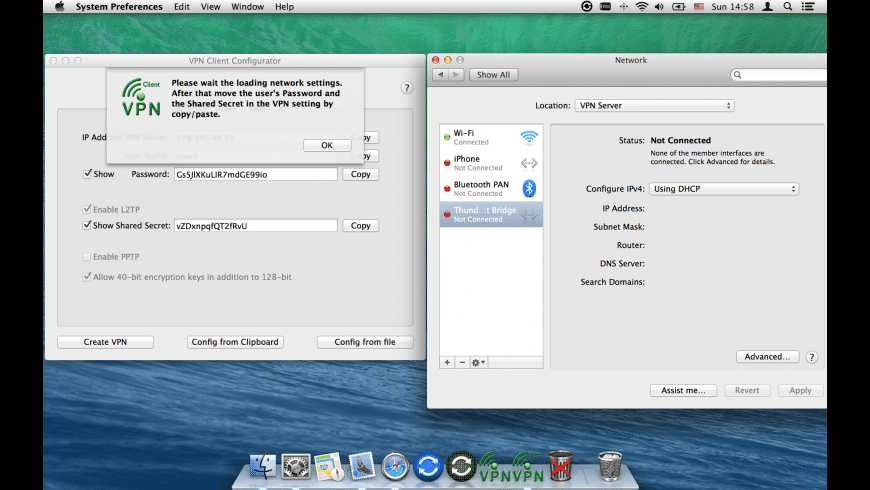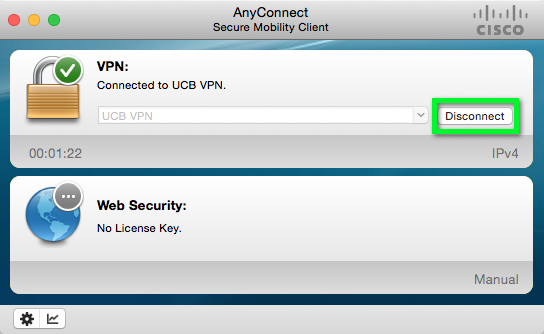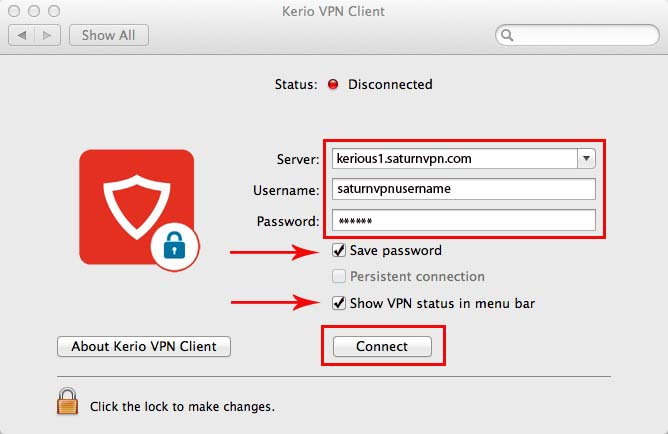

If you want add a new connection, just open the folder with downloaded connections and drag and drop the need. If you want to delete a connection, click on the connection and click on the – icon (14). If you want to delete or add a new connection, click on the Tunnelblick icon and on VPN Details… (13).
Openvpn client mac os password#
Make sure you use your VPN username and password and NOT the website account credentials ( What is the difference?).

You can find your VPN username and password in your account on our website, by going to Settings -> VPN Username & Password. Select all the config files (or only config files you want to use) and right click on them.Ĭlick on Open With and click on Tunnelblick (7).Ĭlick on the Tunnelblick icon (8), choose the server you want to connect to (9) click on it to connect.Įnter your VPN username (10) and password (11). Click I have configuration files (4).ĭownload OpenVPN Configuration Files and unzip them. You will be asked if you have configuration files.
Openvpn client mac os install#
Open the downloaded file and double-click on the Tunnelblick icon to install Tunnelblick (1). It provides easy control of CactusVPN SSL VPN client connections.ĭownload the latest stable version of Tunnelblick (1). Tunnelblick is a plug-n-play VPN client for macOS X.

If you still want to set up OpenVPN manually, go step-by-step through following instructions: OpenVPN Setup instructions
Openvpn client mac os manual#
These are provisioned automatically.To skip the manual setup and for more features we recommend to use the CactusVPN App for macOS. Unlike on Windows platform however, you do not need to worry about adding multiple virtual network adapters. You have to be careful not to implement conflicting routes and subnets when connecting to multiple OpenVPN servers at the same time. This program does support connecting to multiple OpenVPN servers at the same time, but there is a catch. Server-locked profiles are not supported, as mentioned earlier. The tray menu in the system tray will then show you options to use this connection profile – to start or stop the connection. You can for example download a user-locked or an auto-login profile from the OpenVPN Access Server web interface, and drag and drop it on the Tunnelblick icon. This program supports drag and drop to place OpenVPN connection profiles into Tunnelblick. This is accomplished on the Connect Client with a universal server-locked profile which is not supported by the OpenVPN GUI program. On the other hand, it does miss some features that Connect Client does have as well like Python support for post-auth scripting and other functions that integrate Connect Client with Access Server, like the ability to import connection profiles directly from an Access Server, or the ability to authenticate any valid user on your Access Server and have them connect without having to install a connection profile for each separate user account.

It is called Tunnelblick and it is less limited in functionality than the OpenVPN Connect Client because it does support the option to connect to multiple OpenVPN servers at the same time. The open source project has a client for the macOS operating system as well. I find the feature comparison from the OpenVPN website quite helpful: Alternative: OpenVPN open source Tunnelblick program


 0 kommentar(er)
0 kommentar(er)
